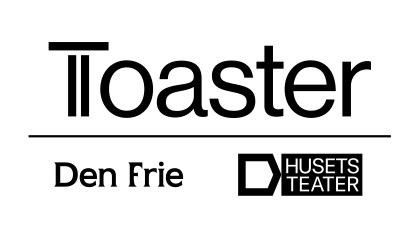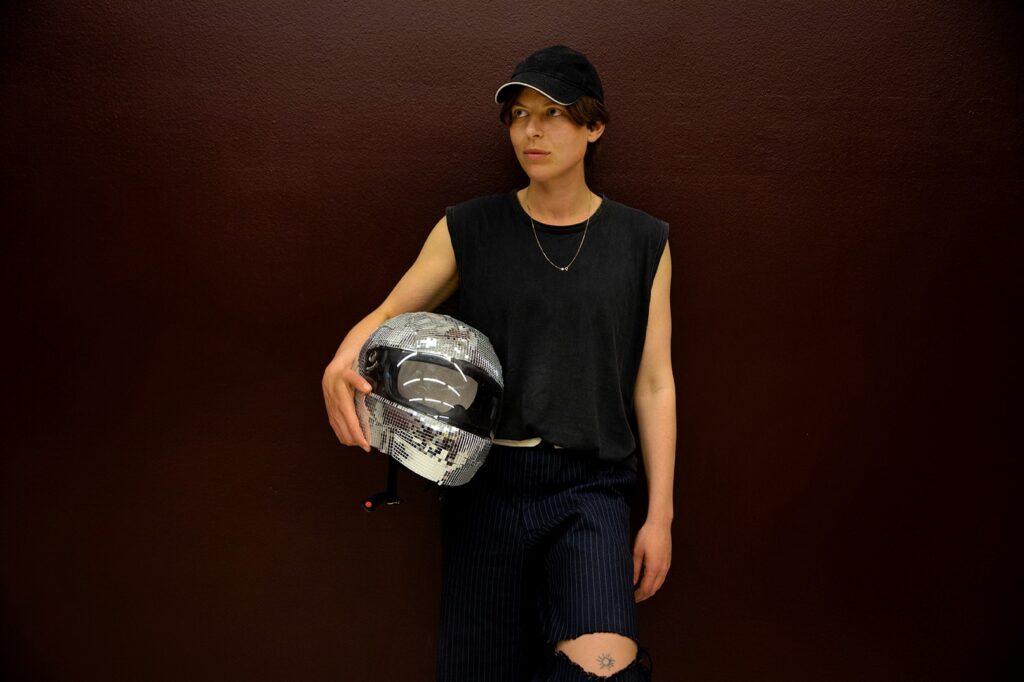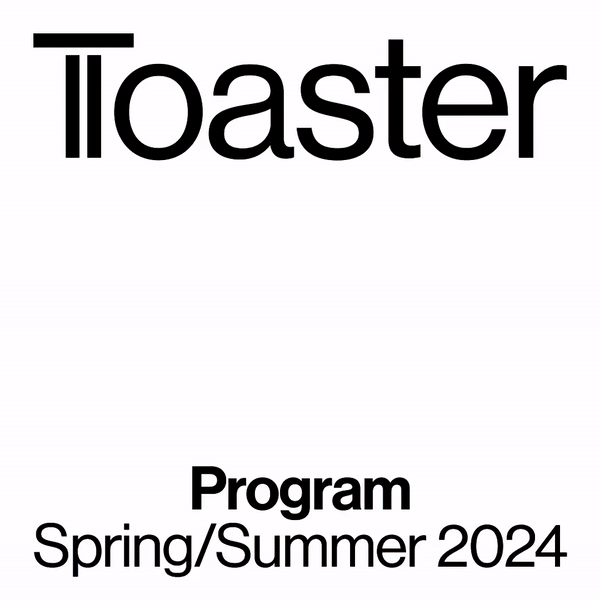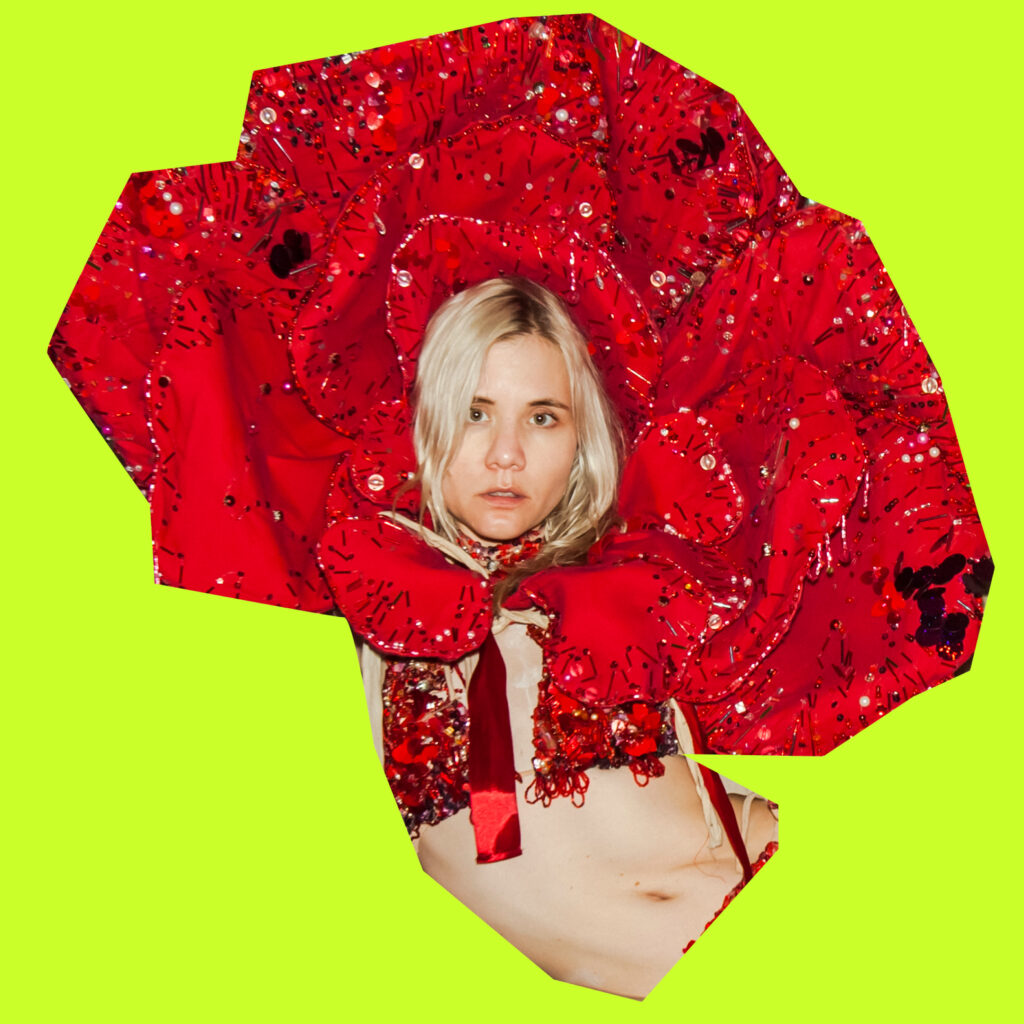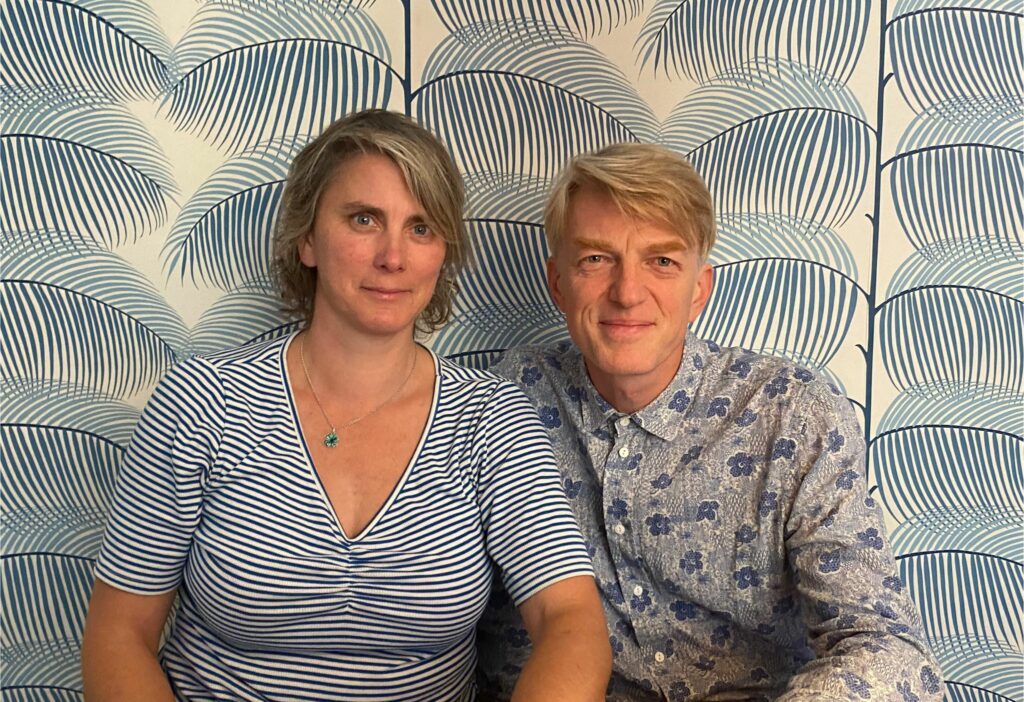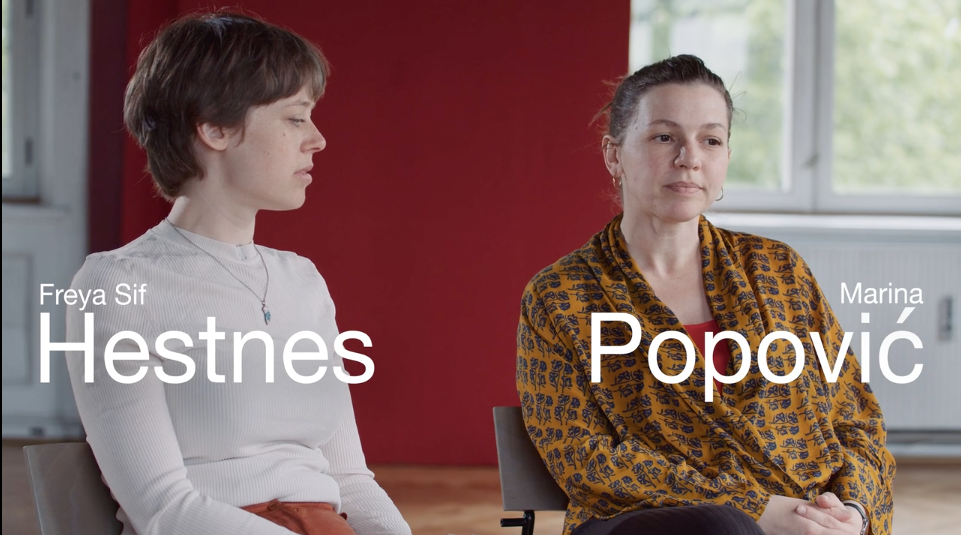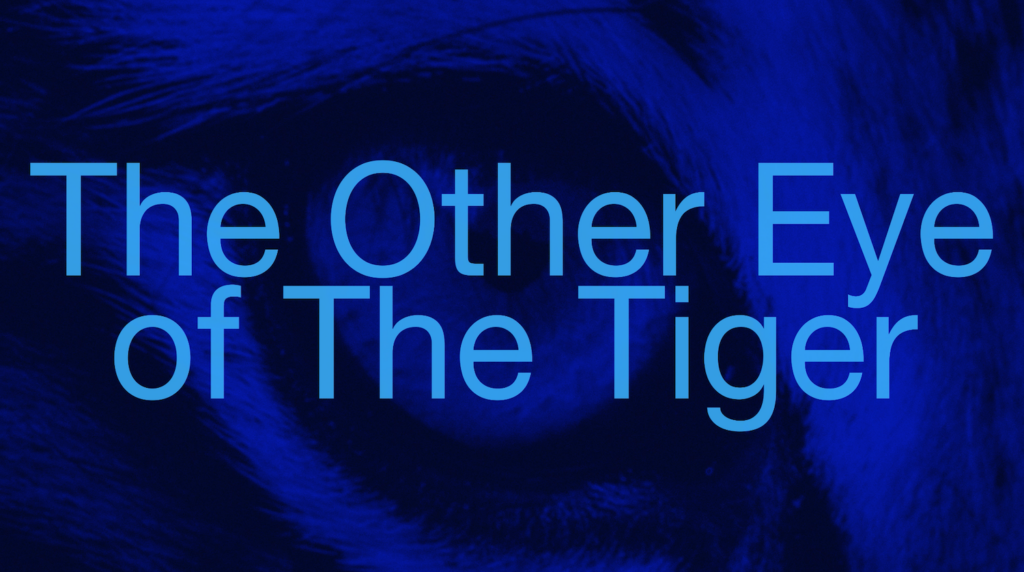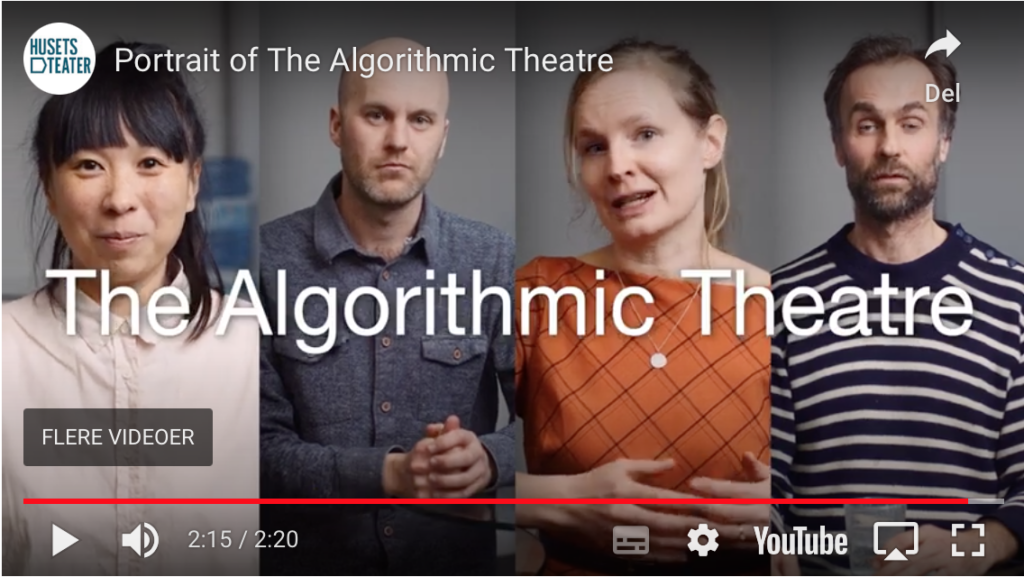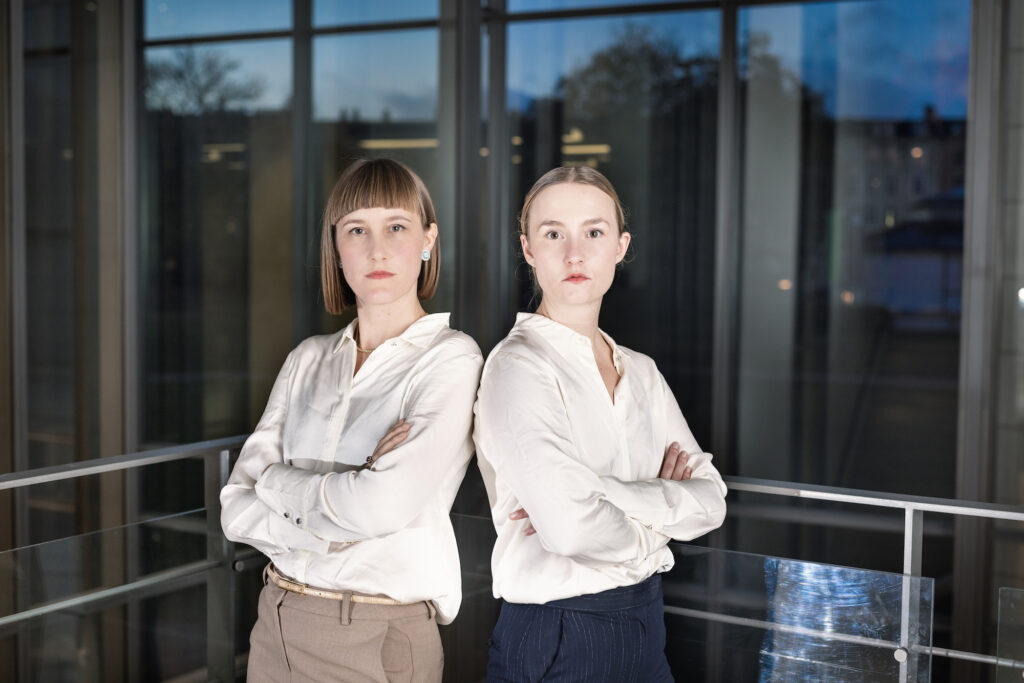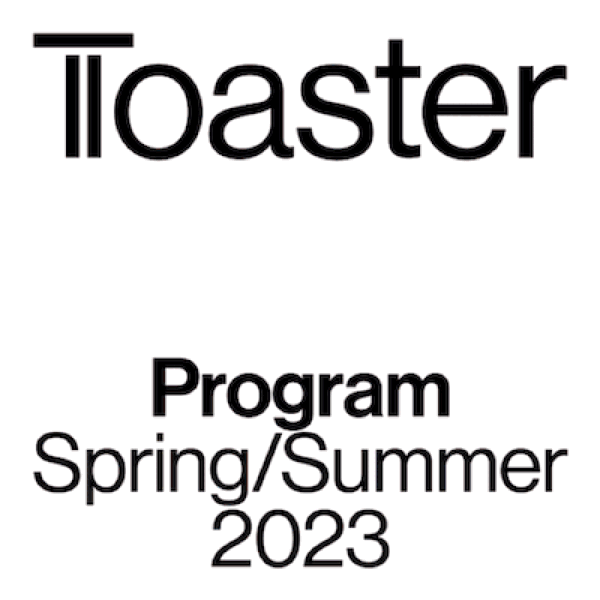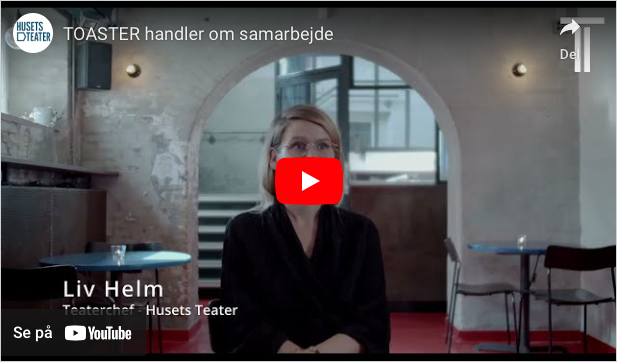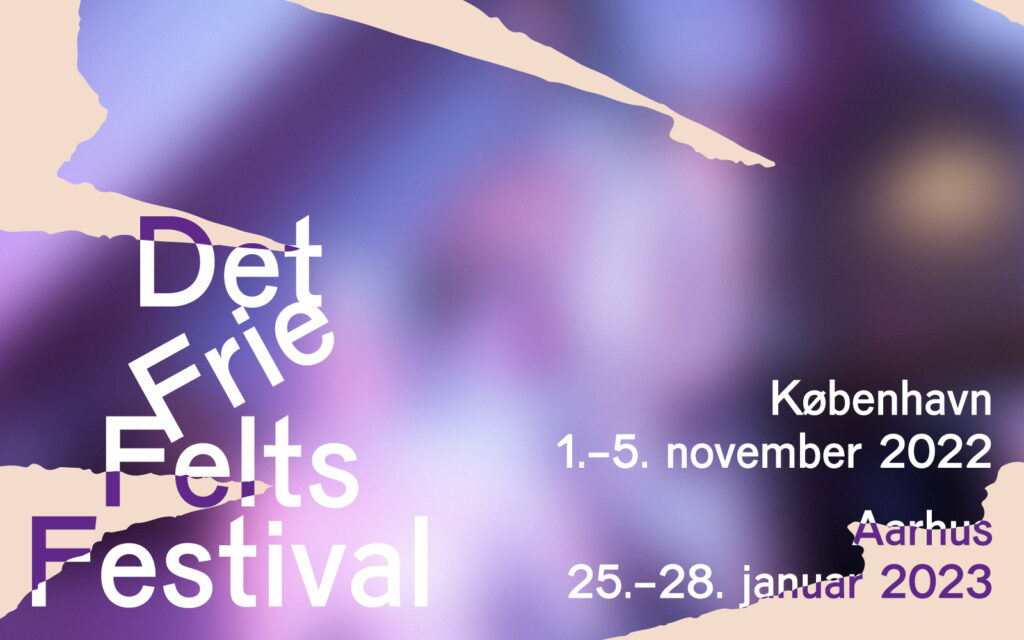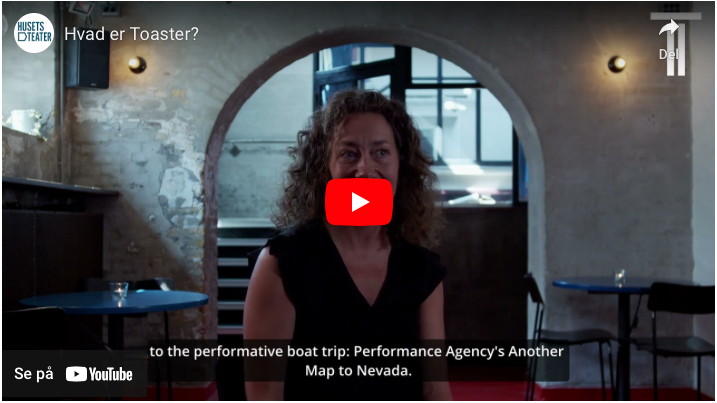Interview with Institute of Interconnected Realities by Miriam Frandsen
Translation by Pernille Kragh
As I meet with Ida-Elisabeth Larsen and Marie-Louise Stentebjerg, the artistic management of Institute of Interconnected Realities (I-IR), for a talk about A Play, they are in the middle of creating the work. I’ve prepared some overarching questions as a pivot for our conversation, but during our talk it soon becomes apparent that they have a choreographic language that I need to acquire, to be able to understand their answers.
Because I-IR work on a practice-based basis. And by that they mean, they do not decide on a choreography with fixed movements and steps, like you would do in for instance a ballet, but they invent a set of improvisational rules, which serve as directions for the movement and speech of the performers. Multiple practices can be at play simultaneously in the individual performances and I-IR invent new practices as part of their explorations. You might say that these practices help decide the dramaturgi of the performances, i.e. the way the “story” progresses.
An example of a practice is the direction they call whisper, which is at play in A Play. Here the performers are directed to listen to the space and pick up on a sentence, which they then whisper to another performer, that the other then repeat aloud in the space. The performers can work with different qualities to the sentence, like making it emotional, monotonous or melodic. Thus each performer has a very large spectrum for improvisation and can work with both communicating feelings as well as the aural quality of the sentence. The other performers then perceives the sentence and gives their interpretation of the same sentence, making it in a way polyphonic.
The practice based approach means that there’s never two performances alike. Each night has its own expression, where the performers find new ways in terms of navigating the directions they have, in an interaction with the audience. Because the audience plays a central part too. In all their work I-IR seeks to connect with the audience; not in a way that has the audience doing anything other than being an audience, but in a sense that the energies present in the auditorium is incorporated into the performance. To absorb and mediate the audience is the overarching, pervasive practice in all creation by I-IR.
Based on this definition of concepts we can move on to the interview and my first question:
What is the artistic motivation for doing A Play? How did the idea arise?
Marie-Louise: One of the things we’ve been discussing a lot is the shift from previously having worked a lot with the potential of the virtual and all the unsaid and immaterial like in the pieces Ality and Song of 8, to now working site specific. We’ve felt a need to work more concretely. A pervasive question is: How can we give our exploration an anchoring but maintain this intimacy with the audience and that which is at stake in terms of the practice based and more intangible? We’d like to try and create a more clear approach for our audience to our artistic work and to the piece itself.
Ida: Several simultaneous events has pointed us in this direction. Part of the production of our former performance Ality took place in Finland. Here we came into contact with the Finnish choreographer Simo Kellokumpu and at one point he asked us the question: What do you mean, when you say space? It’s a standing concept that all choreographers are occupied with, but it was extremely hard to answer. It’s unusual to be asked to clarify. For instance, how does it differ from the concept of place? So already there, we were given an invitation to reflect on the two concepts and their differences. How is place different and how does it relate to choreographic thinking?
Marie-Louise: In A Play we explore the black box as a place. In our research we’ve, among other things, informed ourselves in theatre history and the origins of the theatre – the Greek drama. Here we’ve taken our starting point in the ancient Greek choir. Their function has always been to serve as a mirror for the people. In Greek drama the choir itself is also a part of the audience to the tragedy and they relayed the course of events to the real audience. They serve a double function. They tell us, what the main character is going through and they offer a space for reflection for the audience. In A Play they relay theatre itself to us, the black box, the physical location we’re in.
Ida: The reason we became interested in the choir was that we wanted to explore the black box in and of itself; as an object for which the choir could be a mediator. When we say black box, we don’t think of the stage as isolated from the audience and the auditorium. It’s the function of the entire space, that the choir is mediating.
Why is the theatre/black box interesting to explore in a contemporary context?
Ida: We are mostly interested in the climate challenges we’re facing. This is were the concept of ecology comes in, deriving from the Greek word oikos, meaning “house, family, household, housing, living area” – i.e. the place you call home. To us, that is an invitation to take a closer look at location. Previously we’ve been very occupied with “what is down”, because you rarely move downwards choreographically, at least not below ground. You can practice falling; falling has an entire chapter to itself in modern dancing, maybe as a reaction to the airy jumps of the ballet… But how do you move downwards into the space beneath our feet? So A Play is an expanded exploration of our preoccupation with what’s beneath us.
Marie-Louise: That’s also why we’ve been very occupied with soil. Jonathan Bonnici, one of the performers in A Play, lay on a soil-bed for three days as part of our joint research. When he got back up, he’d seen a number of earth faces; he saw faces traced in the soil he was lying on and that examination also pointed to the choir, which, in a way, rose out of that. Previously we’ve been working with a concept like body host, which means that the performers don’t assume a character, but act as channeling bodies and again this was a direct link to the choir.
Ida: In the ecological paradigm shift we’re attempting to move through globally, there’s a challenge in understanding ourselves as mutually connected and not as isolated individuals. As a part of our research on soil we’ve also read texts on peoples, who still to this day do not understand themselves as isolated individuals and, for instance, can’t speak of themselves as singular, that possibility simply doesn’t exist within their language. With them, you’re never separated from the whole. So images of a group came quickly. Also because soil is such a complex ecology with minerals, animals etc. Soil isn’t an isolated singular thing. In the same way you can view the theatre space as a complex ecology with many different components, where performers and audiences are just two components among many others. This is also what we are exploring with I-IR’s connection to decentralized choreography. We try to move away from ourselves as a natural centre.
On that basis, can you elaborate on the practise-based work?
Ida: The practice-based work is in contrast to performances that must be repeatable pretty much the same way every night. Normally the criteria for success is that the performance doesn’t change too much. In practice-based work, what you see as an audience isn’t a finished text or intention. What you see are performers exploring something while they’re on stage. That exploration hasn’t ended during rehearsals, but takes place with the audience. It’s a different gaze, a different relationship. You watch someone do something and it isn’t certain that they succeed with what they’re doing, but succeeding isn’t the criteria for success, because in an investigation something always arises, no matter which way it goes. It can be unpredictable and a bit awkward – especially in a culture and theatre world that celebrates perfection. But to us there’s a strength in the risk and in working in this manner. A vulnerability and intimacy emerges.
Marie-Louise: It stems from our interest in precisely the stage space and what you share here and now. What is it bringing us together? What’s at stake? When can the space shift? It can’t if everything has been determined beforehand. These questions has made it necessary for us to work practice-based.
Could you give an example of a practice apart from whisper? What other practices are found in A Play?
Marie-Louise: In A Play we’ve also worked with a story-practice. We’re not sure that it’ll be included in the work, but it has been very important for our understanding. We’ve made a visualization into the place you’re located, but from you’re own subjective starting point. We’ve worked on how you can create a fictive space together if the performers connect to the same place. The performer can give a piece of information, for instance “the walls of the church has an echo” and then the others can build on that. The journey has been to move into the layers beneath oneself. This is the place you experience from. You’ve been able to bring forth a fictive place through speech, which is one of the basic elements of theatre, we make believe we’re in a specific place and it can be brought forth by our words like in the Greek drama and with Shakespeare too for that matter. We’ve tried to explore the layers found in the black box. What do we know about this place?
Ida: This way of exploring is common to our works. There’s always a practice at play, but it contains different possibilities. The whisper-practice has many facets and it’s a long process to formulate the development of the practice and find out what it can and should do in the work. The choreographic thinking isn’t limited to what the performers say and do, but also precisely how we transport the attention from the space to what you as an audience are being subjected to through the practice. It’s the general dramaturgical movement we go through together. It can also include sound layers or lighting and is a practice that isn’t only in the performers, but in all the layers.
What do you want the performance A Play to make the audience think about?
Ida: We’re not even finished and have a lot of questions up in the air ourselves. Because we’re exploring the theatre and the black box, right now we’re currently preoccupied with ruins. For instance we have a brick on stage which is a reference to the Greek theatre. You could also think of theatre as a cultural ruin. It’s a memory, but also something that can direct the thoughts to the future. Thus, theatre has a double direction. What does theatre do to our imagination? Can we feel ourselves and where are we, when we are emerged in it? In it’s Greek starting point it was a fundamentally democratic space, but also stems from a certain relationship with the world, a certain world view with man at the centre. This world view is strongly challenged today, where we know we can’t fully control Earth and that we’re not the only ones who should be taken into account, because we’re part of a very complex ecosystem. What then is the justification for theatre today?
Marie-Louise: In I-IR we’ve always been very engaged with the present, and theatre is in a way an infinity machine of presents. Right now we at I-IR are more interested in the anchoring to a specific place. Are we in constant potential? In other virtual times? And away from where our bodies are actually located? And does theatre contribute to this division, pulling us out of our context, or can it in fact point back to our concrete reality and help us to connect to the place we’re physically present in right now? And if the theatre is the place for dreams and thinking, does that mean that we have no room for dreams and thoughts in our lives otherwise? Did we isolate it to this closed space?
Ida: A Play is kind of a meta comment to the theatre as a place. Because we have to have a critical look at the institutions framing the artistic processes. Otherwise we’ll just be reproducing ourselves. The good stories needs to find a new framework and a new language to be able to make a real change, otherwise we’ll always be faced with a fourth wall – that, which in theatre separates fiction from the real world of the audience and the understanding of ourselves, that we’ve always had.
Marie-Louise: We ourselves are trained in working in and creating for the black box, so we also question the theatre as a space and our own practice. In A Play we don’t make suggestions as to how you can make theatre in a different way than in the black box, it’s more a regular question as to what’s possible in the black box?
Time is up and the conversation ends, but my mind is buzzing with thoughts. I’ve understood that A Play unfolds between both audience and performer and in interaction with everything else present at present. So what you experience as an audience isn’t a finished text or a choreography consisting of fixed steps, but you bear witness to the exploration of the place on stage by the performers and in that sense the performance speaks into a classic performance tradition, in which every night is new. I also understand that A Play is about the challenge to understand ourselves as connected to one another and not as isolated individuals and that the performance questions what new stories can arise within the existing spatial structures.
Personally I’m looking forward to a performance in motion and to be confronted with the possibility of a joint physical space.

